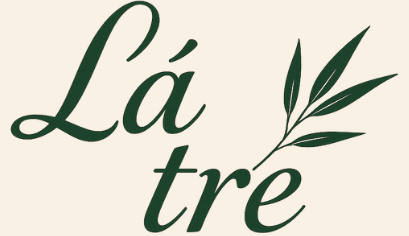The Day of the Dead, or Día de los Muertos, is a vibrant Mexican tradition honoring deceased loved ones. A key element of this celebration is the calaveras literarias, playful and often satirical poems written as mock epitaphs for the dead or critiques of the living. These poems, translating to “skull literature,” offer a unique blend of humor and remembrance, reflecting the holiday’s focus on celebrating life rather than mourning death.
Contents
Exploring Calaveras Literarias: A Poetic Tradition
Calaveras literarias draw inspiration from the iconic “La Catrina” imagery, a skeletal figure representing Mictecacihuatl, the Aztec goddess of the underworld. Reimagined in the 20th century by artists José Guadalupe Posada and Diego Rivera as an elegantly dressed female skeleton, La Catrina became synonymous with Día de los Muertos and these witty poems.
These poems, often taught to schoolchildren, utilize rhyme and repetition to inject levity into discussions of death. They playfully poke fun at the shortcomings of the deceased, or even satirize current events and prominent figures, reminding us of our shared mortality.
From Traditional Verses to Modern Satire: Examples of Calaveras Literarias
Traditional calaveras literarias often focus on the rituals and traditions of Día de los Muertos, describing the ofrendas (altars), the food offerings, and the joyous reunion with departed spirits.
Here’s a translated excerpt of a traditional calavera literaria:
In this special month,
In which everything is party and dance,
We remember with love
Traditions and praises.
…So we celebrate them
With large pieces of bread,
Placed on altars
With flowers candles, mezcal!
However, the form has evolved to encompass contemporary subjects. From internet memes to political figures, anything can become the subject of a calavera literaria. One example satirizes Donald Trump’s immigration policies, imagining him being pulled into the underworld and transformed into a piñata.
Day of the Dead in Modern Culture
While calaveras literarias continue to be a core element of Día de los Muertos, the holiday itself has permeated American culture. From Pixar’s “Coco” to Halloween costumes, elements of Día de los Muertos are increasingly visible.
While this cultural exchange offers opportunities for understanding and appreciation, some worry about the potential for misrepresentation and commercialization. The challenge lies in embracing the spirit of the holiday while respecting its rich Mesoamerican roots.
The Enduring Power of Day of the Dead Poems
Despite these complexities, Día de los Muertos, and its poetic tradition of calaveras literarias, offers a powerful reminder of our connection to those who have passed. It’s a celebration of life, memory, and the enduring power of storytelling, reminding us that even in death, there is still room for laughter, reflection, and connection.
